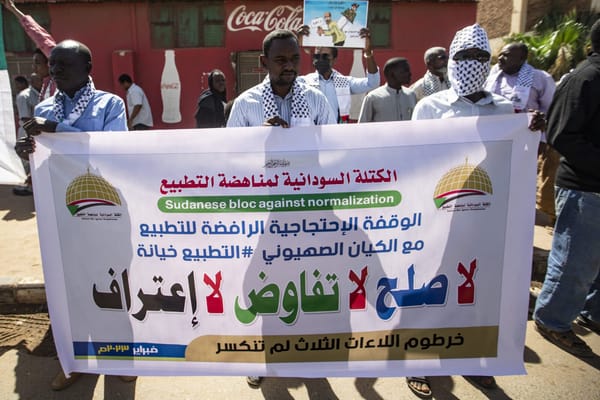Murray and Woods, The Iran-Iraq War
Williamson Murray and Kevin M. Woods, The Iran-Iraq War: A Military and Strategic History (Cambridge: Cambridge University Press, 2014).

Williamson Murray and Kevin M. Woods, The Iran-Iraq War: A Military and Strategic History (Cambridge: Cambridge University Press, 2014).
Somewhat contrary to its title, this book tells the story of the Iran-Iraq war from a particular Iraqi perspective—that of the presidential office. The authors frame their “military and strategic history” in the old, simplistic argument that Iraq was dominated by a totalitarian state with Saddam Hussein at the top of the pyramid. The front cover, a picture of Saddam in uniform addressing the troops, is more accurate than the title in depicting the content of the book.
The main body of the text is an account of key battles in each year of the war. The authors rely extensively on excerpts of records of meetings of the political leadership in Baghdad, most of them attended by Saddam. Iraqi army intelligence reports, training memoranda and internal assessments of battlefield performance are also referenced heavily. We learn about the Iranian side of the war primarily through Iraqi intelligence briefings.
The book is the third and last installment of the Iraqi Perspectives Project, a series on the former regime’s view of its wars. It relies on Iraqi state archives captured and transported to the United States after the 2003 invasion. These documents have become publicly available through the Conflict Records Research Center of the Institute for National Strategic Studies at the National Defense University. In addition to these main sources, the narrative draws on interviews conducted after the invasion with Iraqi army officers outside of Iraq as part of the Project. A long list of secondary sources also informs many of the book’s claims.
It is worth noting that neither author has sufficient Arabic to conduct interviews or read the primary sources. They depended on translations by the US government and contractors. Working with translated primary sources raises an inevitable problem of interpretation: The documents have already undergone interpretation by the translator before the authors see them (thanks to Ann Thomson for helping me with these issues). Also, which documents were chosen for translation and on what basis? The authors say that they relied on the counsel of Laila Sabara, a native Arabic speaker, in handling the translated documents. Sabara, according to her public profile, is a freelancer who studied French literature and translation and has offered translations to US government bodies and private firms since 1999. In the absence of an explanation to suggest otherwise, it seems to compromise the integrity of the research that the document selection, interpretation and translation were left mostly to someone untrained in methods of social science or history and without Iraq expertise.
Despite the new sources, the book portrays the Iranian and Iraqi regimes in moralizing clichés—“fanatic” and “totalitarian,” respectively. Saddam Hussein is frequently referred to simply as “the dictator.” The characterization of Iraq under the Baath as “totalitarian,” famously promoted in the 1990s by Kanan Makiya, is questionable both historically and theoretically. The regime, authoritarian as it was, never had the capabilities of a totalitarian state. In its own propaganda, the Baathist state projected an image of strength and ideological consistency, but it is a (very common) mistake to reproduce this image uncritically. The book contradicts itself somewhat on this point. On the one hand, it details a complex internal and international scene that is far from being under anyone’s tight control. But once it moves to general frameworks it accepts the regime’s self-image as omnipotent, as well as the normative tone of writings on Iraq in the 1980s and 1990s.
The failure to escape moralizing creates a number of analytical and historical blind spots. Some are obvious and some may only be discovered by another study using the same archives. Most striking is the US role in the war: Iraqi and Iranian suspicions that the United States was acting to undermine both combatants are portrayed as functions of the regimes’ paranoid nature. But, as the book illustrates in its discussion of the Iran-contra affair, for example, Iraq was not wrong to believe that the US and Israel were supplying Iran with weapons. What prompted this deal, according to the authors, was not a policy to prolong the war, as the Iraqis thought, but chaos at the top of the Reagan administration. Political complexity and contradictory motives, it seems, are characteristic only of Western liberal democracies, while Iraq and Iran have cultural propensities for dictatorship and fanaticism. Another blind spot is the complete distortion of the role of both the US and the Iraqi Communist Party (ICP) in the years leading to the Baathist coup. There is no mention of the ICP’s strong presence during the monarchy or the republican era, or the critical assistance given by the US to the Baath, a marginal party at the time compared to the ICP, in the coup and subsequent elimination of the Communists from the Iraqi army and political life. This book is well written and sourced with interesting new material, but its analytical claims should be taken with a grain of salt.








